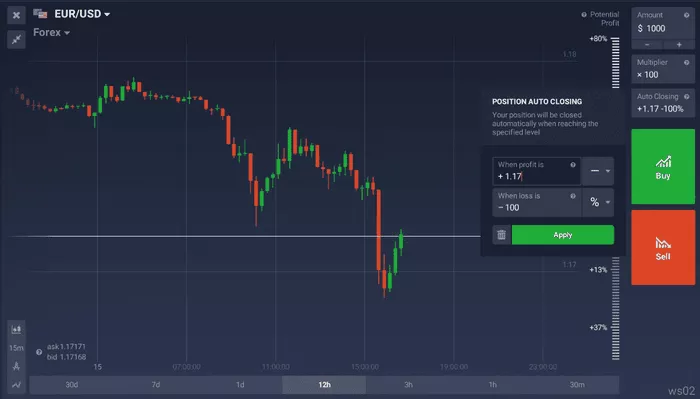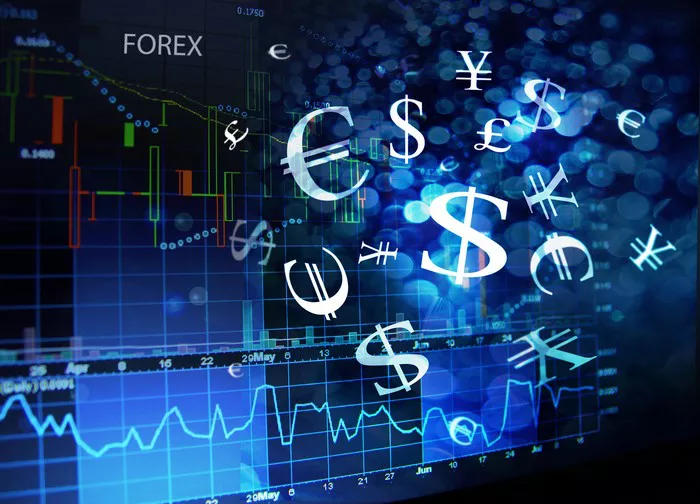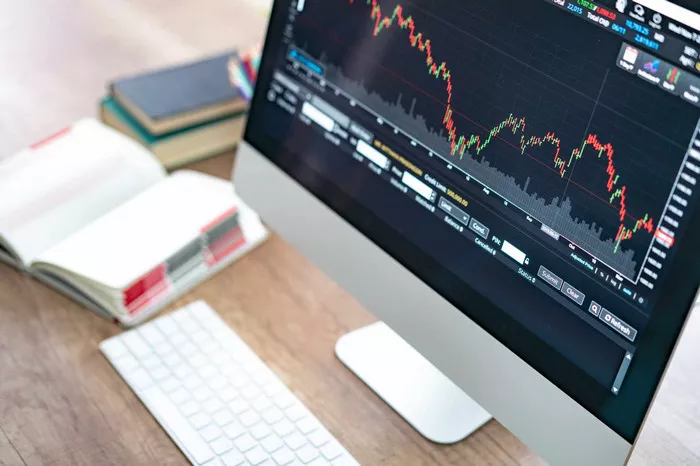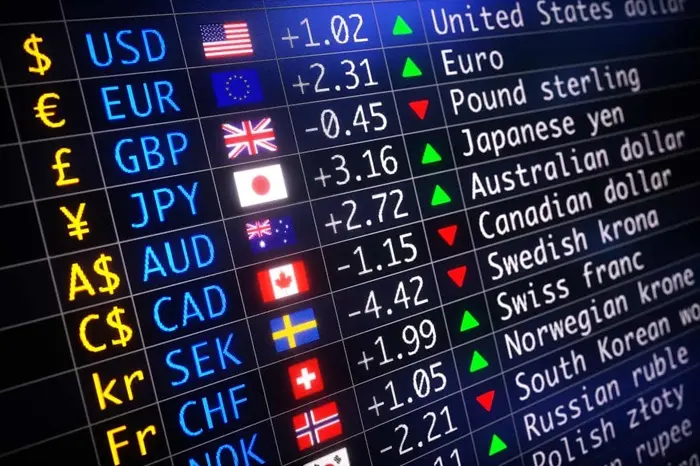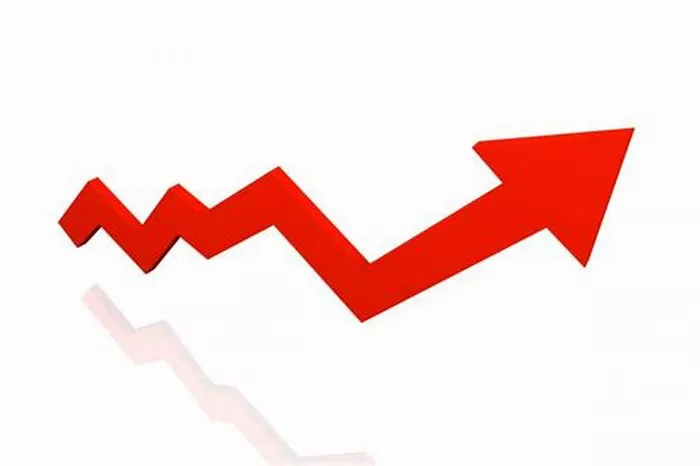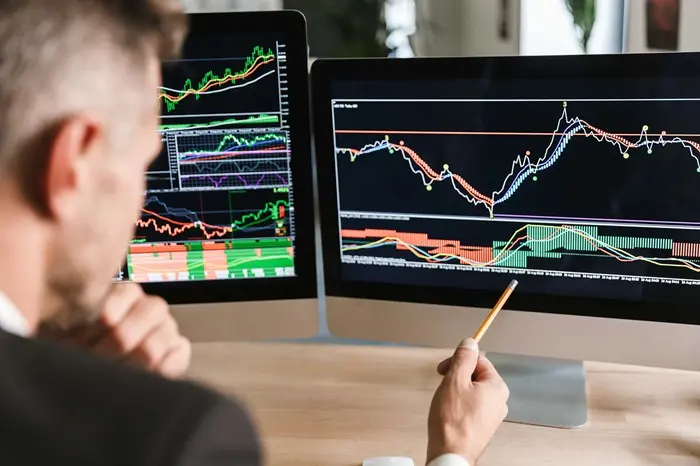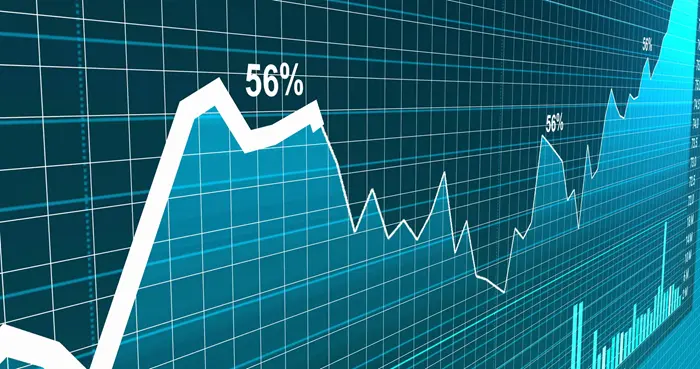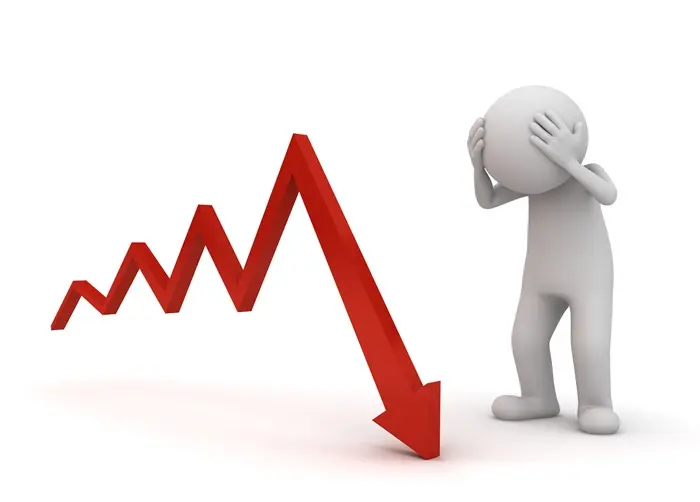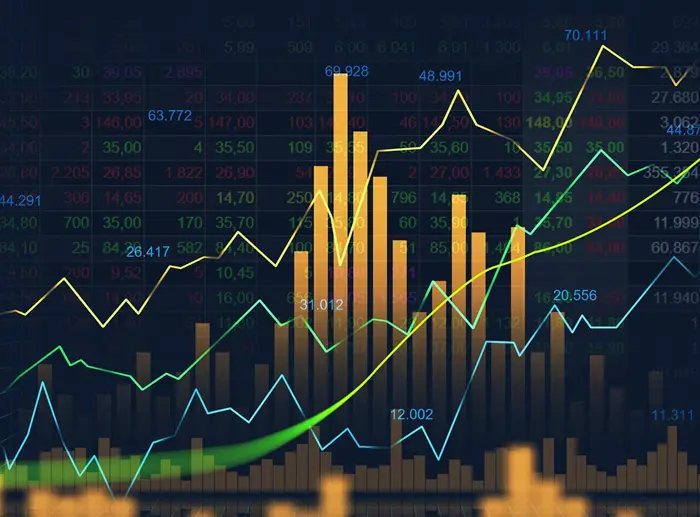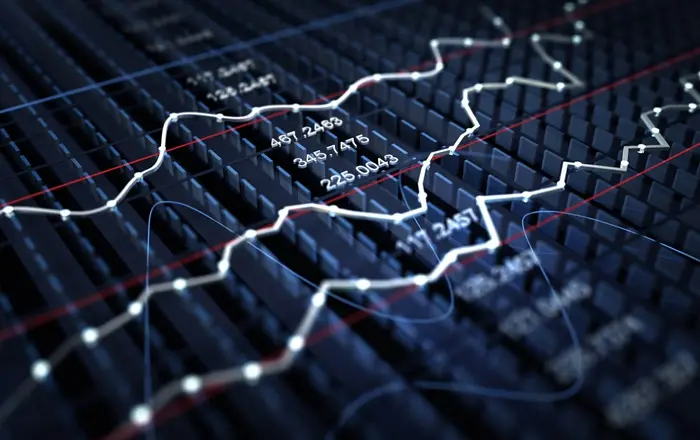Leverage in Forex trading is one of the most powerful tools available to traders. It allows individuals to control larger positions in the foreign exchange market with a relatively small amount of capital. However, while leverage can amplify profits, it also increases the potential for significant losses. Understanding leverage and how it works is crucial for any Forex trader, whether a novice or experienced professional.
In this article, we will dive deep into the concept of leverage in Forex, its advantages and risks, how to use it effectively, and key factors to consider before applying leverage in trading.
What is Leverage in Forex?
Leverage in Forex refers to the ability to control a large position with a relatively small amount of capital. Essentially, it is a loan provided by a broker to a trader to enable them to open a larger trade than their available balance would normally allow.
In simple terms, leverage acts as a multiplier. When you trade with leverage, you are borrowing money from the broker to increase the potential size of your position. This means you can amplify your returns if your trade is successful. However, leverage also works both ways: it increases the risk, and if the trade goes against you, the losses can be greater.
Example of Leverage in Forex
Consider a trader who has $1,000 in their trading account and is using leverage of 50:1. This means the trader can control a position size of $50,000 ($1,000 x 50). If the trader successfully predicts the movement of the currency pair, they can make significant profits. Conversely, if the market moves unfavorably, the trader’s losses could also be substantial.
How Does Leverage Work in Forex?
Leverage is expressed as a ratio, such as 10:1, 50:1, 100:1, or even higher. This ratio indicates the amount of money a trader can control in the market relative to their invested capital. For instance, with a leverage ratio of 100:1, a trader can control $100 for every $1 in their account.
Calculating Leverage
To understand leverage, it’s important to know how it is calculated. The formula for calculating leverage is:
Leverage = Total Trade Size / Margin Requirement
Total Trade Size: The value of the trade you are making.
Margin Requirement: The amount of capital you need to set aside in your account to open the trade.
Example of Leverage Calculation
If you want to trade a currency pair worth $100,000, and your broker requires a 1% margin (or 100:1 leverage), you would need to put up only $1,000 of your own money. The leverage ratio in this case would be 100:1, allowing you to control a $100,000 position with just $1,000.
Margin and Leverage
Margin and leverage are closely related concepts. Margin refers to the amount of capital a trader needs to deposit with their broker to open and maintain a position. Leverage allows traders to control a larger position than the margin they deposit.
For example, if a trader has $1,000 in margin and is using leverage of 100:1, they are controlling a $100,000 position. However, if the market moves against them, and the loss exceeds the margin, the broker may close the position automatically to protect the trader from further losses.
The Benefits of Leverage in Forex
Leverage offers several advantages to Forex traders. When used correctly, it can significantly enhance trading performance. Below are the key benefits of using leverage in Forex:
1. Increased Potential for Profit
One of the main reasons traders use leverage is to increase their potential profits. Since leverage allows traders to control a larger position with a smaller amount of capital, any favorable price movement can result in higher profits.
Example:
If a trader has a $1,000 margin and uses 100:1 leverage, they control a $100,000 position. If the price of the currency pair moves by 1%, the trader will make a profit of $1,000, which is a 100% return on their initial margin.
2. Access to Larger Trades
Leverage enables traders to participate in larger trades than they could with their own capital. This is especially beneficial for retail traders who have limited capital. By using leverage, traders can take advantage of market opportunities that would otherwise be out of reach.
3. Flexibility
Leverage provides traders with flexibility in how they choose to allocate their capital. Traders can either open larger positions or spread their capital across multiple trades. This flexibility allows traders to diversify their strategies and potentially increase their chances of success.
The Risks of Leverage in Forex
While leverage can increase potential profits, it also magnifies the risks. It is crucial for traders to understand the risks associated with leverage and use it cautiously. Below are some of the primary risks of using leverage in Forex trading:
1. Amplified Losses
Just as leverage can magnify profits, it also amplifies losses. If the market moves against the trader’s position, the losses can be significant and may exceed the initial margin deposited. This can lead to margin calls and the automatic closure of positions, resulting in the trader losing more money than they initially invested.
Example:
If the market moves against a trader using 100:1 leverage, they could lose their entire $1,000 margin with just a 1% adverse price movement in the market.
2. Margin Calls and Stop-Outs
A margin call occurs when the trader’s margin level falls below the required threshold to maintain an open position. When this happens, the broker may ask the trader to deposit more funds to maintain the position. If the trader does not meet the margin call, the broker may close the position automatically to limit further losses.
In some cases, brokers may implement a “stop-out” level, which automatically closes positions if the trader’s account balance falls below a certain level. This prevents the trader from losing more than they can afford, but it also limits potential profits.
3. Emotional Stress and Poor Decision-Making
The use of leverage can lead to increased emotional stress, especially during periods of high volatility. Traders may feel compelled to take unnecessary risks or make impulsive decisions to recover losses, which can lead to poor trading outcomes. Emotional trading often leads to overtrading, which exacerbates the risks associated with leverage.
How to Use Leverage Effectively in Forex
To maximize the benefits of leverage while minimizing the risks, traders should implement certain best practices. Below are some tips on how to use leverage effectively in Forex trading:
1. Start with Low Leverage
For novice traders, it is advisable to start with lower leverage ratios, such as 10:1 or 20:1. This reduces the risk of significant losses and gives the trader time to gain experience and understand the dynamics of the Forex market.
2. Implement Strong Risk Management Strategies
A solid risk management plan is essential when using leverage. Traders should use stop-loss orders to limit potential losses and ensure they are not exposed to excessive risk. It is also important to risk only a small percentage of the trading capital (e.g., 1-2%) on each trade to protect against significant losses.
3. Diversify Trading Positions
Rather than putting all capital into one large position, traders should consider diversifying their trades across different currency pairs. Diversification helps to spread risk and reduce the likelihood of a single adverse market move wiping out the trader’s entire capital.
4. Monitor Market Conditions
To use leverage effectively, traders must stay informed about market conditions. Economic reports, geopolitical events, and central bank decisions can impact currency prices. Traders should adapt their strategies according to changing market conditions to ensure they are trading in the most favorable environment.
5. Educate Yourself Continuously
Forex trading, especially with leverage, requires continuous learning. Traders should stay updated on trading strategies, risk management techniques, and market analysis tools. Educating oneself is key to mastering the complexities of leverage and using it in a way that maximizes potential profits and minimizes risks.
Conclusion
Leverage in Forex trading is a powerful tool that can enhance a trader’s potential to make profits. It allows traders to control larger positions with smaller amounts of capital, increasing the opportunities for higher returns. However, leverage also increases the risks, as it magnifies both profits and losses.
Traders must understand the concept of leverage, its associated risks, and how to use it effectively to avoid significant losses. By applying solid risk management practices, using low leverage ratios, and continuously educating themselves, traders can leverage the power of this tool to maximize their chances of success in the Forex market.
Leverage, when used correctly, can be a valuable asset in Forex trading. However, it is essential for traders to approach it with caution and a well-thought-out strategy to ensure that their trading journey is both profitable and sustainable.
Related topics:



